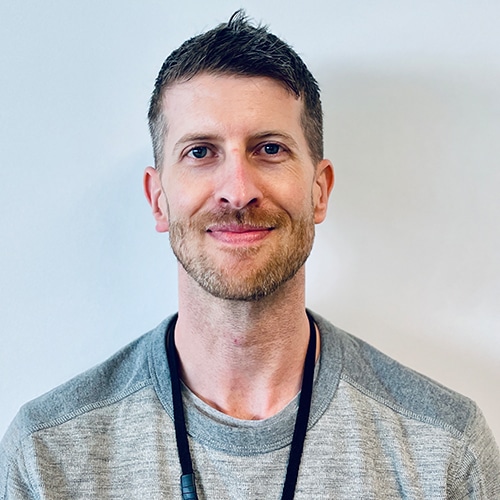Why is your research important and how will it influence the understanding and treatment of MS?
The RbG design is an innovative approach that, to our knowledge, has not yet been utilised in Australian research or the MS field internationally. Consequently, we expect to generate findings that will complement those from other approaches (e.g., animal, human cell culture) already being applied in the MS field.
Moreover, human studies leveraging genetic data have been extremely useful in disentangling causal from other (e.g., correlated, consequential) disease mechanisms, so the findings from this and subsequent RbG studies have the potential to inform MS treatment and/or prevention. Since we will compare the levels of >1,000 proteins between the two MS genetic risk groups, this project may also highlight novel early MS biomarker candidates.
